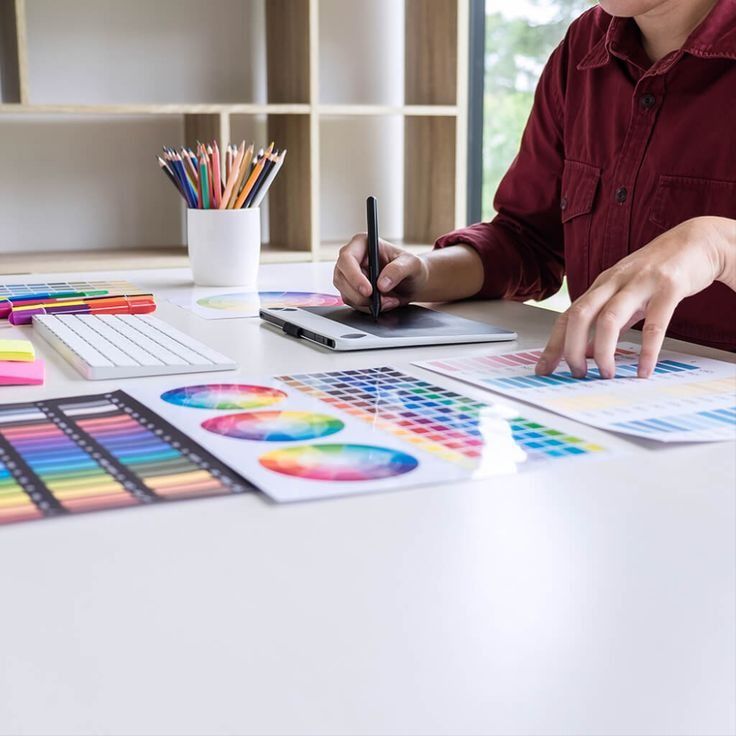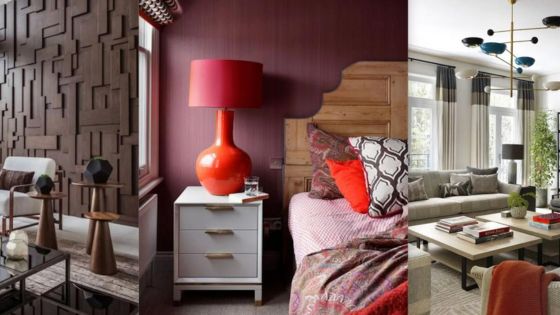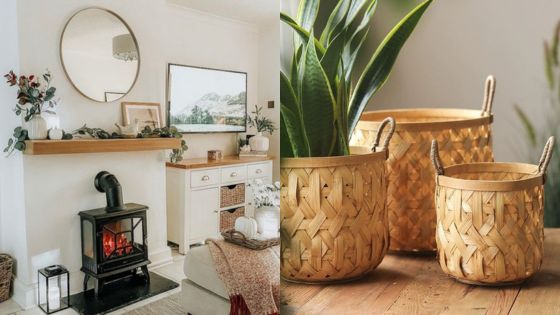

People who are into arts would confirm that aesthetics enhances the quality of life in a variety of ways. Giving the definition of aesthetics, it is the study of beauty and taste that helps us create beautiful environments that enriches our sensory experiences. It’s believed that those can even contribute to well-being and happiness. It’s really a very important aspect of life. But how to find time for that if you are a busy student? Let’s answer this tricky question below.
Finding Time for Aesthetics as a Student
If you’re a diligent student, you must be burdened with homework assignments. And of course, this is your top priority. Given that, it’s hard to find time for aesthetics in your busy schedule. However, there is something you can do to make your life more beautiful. You can get academic support for your college tasks from online writers. You can find it at Edubirdie, which is a popular essay help service for students. It provides quick and effective assistance with your homework, no matter what type of task you are struggling with. If you delegate part of your homework to professionals, you’ll have time to make your life more beautiful. Let us prove the importance of that below.
The Role of Aesthetics in Student Well-Being
The role of aesthetics in student well-being is an intricate and multifaceted topic that requires decent research. To give you a better understanding of it, let’s approach the importance of aesthetics from several different perspectives.
Stress Reduction
Student life is full of stressors that arise almost every hour. Those vary from daily home assignments to demanding term exams. It might be quite surprising that aesthetic environments can significantly reduce stress and anxiety but it’s actually true. There has been a lot of research in environmental psychology that shows how aesthetically pleasing surroundings create a calming atmosphere. Even just incorporating natural elements have been shown to lower cortisol levels in the body. Educators confirm that classrooms with natural light, plants, and soothing color schemes really improve overall mood, so why not pay special attention to it?
Happiness Aesthetics
Speaking more about mood, colors play a crucial role here. There is even a separate brand in Psychology that studies how colors affect our brain. Did you know that warm colors like blues and greens are often associated with tranquility and focus, while bright colors like yellow can stimulate energy and optimism?
Besides, if you want to keep your spirits high, you should spend more time in a visually stimulating environment. But most importantly, it must align with positive emotional cues. Believe it or not, it can enhance your motivation and engagement with your studies so that you get higher scores at exams.
Cognitive Functioning
However, education is not only about mood. One’s success depends on the ability to be attentive and concentrate on tasks. If you get distracted all the time, you won’t go far in your education. But is it related to aesthetics? Well, yes! Research has confirmed that environments that are cluttered or poorly designed can be distracting and lead to cognitive overload. In its turn, learning gets impaired.
Still, the good news is that well-organized and aesthetically pleasing spaces can help students maintain focus. Plus, they get able to process information more efficiently. So, how can you achieve this? If you want to improve your cognitive functioning, use elements like organized layouts, minimal distractions, and pleasing visual designs.
Creativity and Problem-Solving
If you’re not creative you will not get far in your education. You should develop your creativity and problem-solving if you have an opportunity to do so. Luckily, aesthetics can help you with that. They say that it stimulates creativity and enhances problem-solving skills. That’s why it’s really important to build environments that encourage creative expression in any ways possible. This can be done through many means, like:
- art
- flexible seating arrangements
- interactive design.
In fact, those things facilitate divergent thinking, which many of us try to develop. Digging deeper into this, aesthetic elements help students approach problems from new angles and foster innovative thinking.
Personal Growth
And let’s not forget about long-term development. Positivity, mental health and aesthetics are interlinked. Those who engage with aesthetically rich environments can experience greater self-awareness and emotional expression. Now you might be wondering how it affects personal growth. Well, this provides outlets for personal development and satisfaction by increasing self-awareness and emotional expression. Those are very important elements of human psychology.
Final Thoughts


If you are able to appreciate aesthetics in everyday life, you add a layer of enjoyment and satisfaction to it. Now you must realize the importance of the integration of mental aesthetics into educational environments. Although it may sound a bit complicated, it’s pretty simple when put into practice. Embracing a positive mental health aesthetic can enhance students’ overall well-being and promote both psychological comfort and cognitive functionality. So what should we all do? By prioritizing mental health aesthetic considerations, educators can create spaces that stimulate more engaged and resilient learners. Let’s focus on these goals and generate more academic success in the modern world. No doubt, it would benefit all of us.
Author’s BIO
David Santana is an interior designer and artist. He believes that life must be beautiful, which is the reason why he creates inspirational content about aesthetics. His talent helped many people incorporate beauty into their daily lives.
- 19shares
- Facebook0
- Pinterest19
- Twitter0



